Related Research Articles

Harry Lillis "Bing" Crosby Jr. was an American singer, actor, television producer, television and radio personality and businessman. The first multimedia star, he was one of the most popular and influential musical artists of the 20th century worldwide. Crosby was a leader in record sales, network radio ratings, and motion picture grosses from 1926 to 1977. He was one of the first global cultural icons. Crosby made over 70 feature films and recorded more than 1,600 songs.
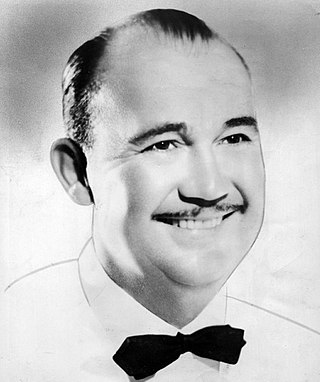
Paul Samuel Whiteman was an American bandleader, composer, orchestral director, and violinist.
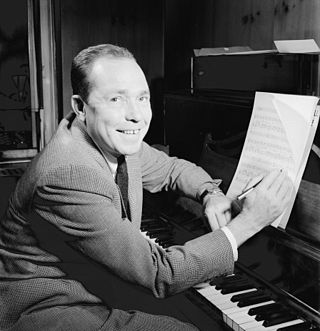
John Herndon Mercer was an American lyricist, songwriter, and singer, as well as a record label executive who co-founded Capitol Records with music industry businessmen Buddy DeSylva and Glenn E. Wallichs.
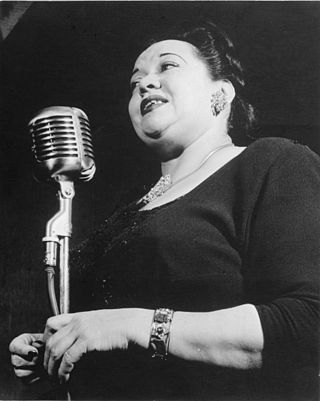
Mildred Bailey was a Native American jazz singer during the 1930s, known as "The Queen of Swing", "The Rockin' Chair Lady" and "Mrs. Swing". She recorded the songs "For Sentimental Reasons", "It's So Peaceful in the Country", "Doin' The Uptown Lowdown", "Trust in Me", "Where Are You?", "I Let a Song Go Out of My Heart", "Small Fry", "Please Be Kind", "Darn That Dream", "Rockin' Chair", "Blame It on My Last Affair", and "Says My Heart". She had three records that reached number one on the popular charts.
Knowles Fred Rose was an American musician, Hall of Fame songwriter, and music publishing executive.

King of Jazz is a 1930 American pre-Code color musical film starring Paul Whiteman and his orchestra. The film title refers to Whiteman's popular cultural appellation. At the time the film was made, "jazz", to the general public, meant jazz-influenced syncopated dance music heard on phonograph records, on radio broadcasts, and in dance halls. In the 1920s Whiteman signed and featured white jazz musicians including Joe Venuti and Eddie Lang, Bix Beiderbecke, Frank Trumbauer, and others.
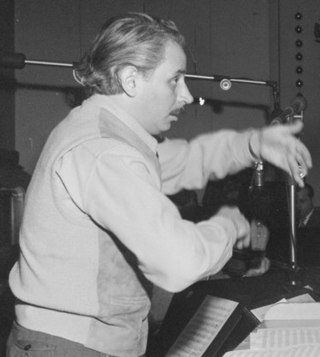
Leonard George Hayton was an American musician, composer, conductor and arranger. Hayton's trademark was a captain's hat, which he always wore at a rakish angle.

"Smoke Gets in Your Eyes" is a show tune written by American composer Jerome Kern and lyricist Otto Harbach for the 1933 musical comedy Roberta. The song was sung in the Broadway show by Tamara Drasin. Its first recorded performance was by Gertrude Niesen, who recorded the song with orchestral direction from Ray Sinatra, Frank Sinatra's second cousin, on October 13, 1933. Niesen's recording of the song was released by Victor, with the B-side, "Jealousy", featuring Isham Jones and his Orchestra. The line — When your heart's on fire, smoke gets in your eyes — apparently comes from a Russian proverb.

"In a Little Spanish Town " is a popular song published in 1926. The music was written by Mabel Wayne, and the lyrics by Sam M. Lewis & Joe Young.
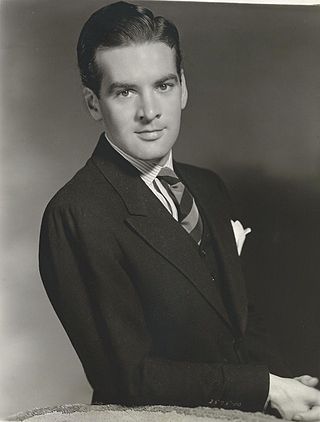
Ray Heatherton was an American singer, Broadway musical theatre performer, and a New York City television personality in the early days of the medium.

The Kraft Music Hall was a popular old-time radio variety program, featuring top show business entertainers, which aired first on NBC radio from 1933 to 1949.

The Rhythm Boys were an American male singing trio consisting of Bing Crosby, Harry Barris and Al Rinker. Crosby and Rinker began performing together in 1925 and were recruited by Paul Whiteman in late 1926. Pianist/singer/songwriter Barris joined the team in 1927. They made a number of recordings with the Whiteman Orchestra and released singles in their own right with Barris on piano. They appeared with the Whiteman orchestra in the film King of Jazz, in which they sang "Mississippi Mud", "So the Bluebirds and the Blackbirds Got Together", "A Bench in the Park", and "Happy Feet". They are best remembered for launching Crosby's solo career, one that would make him the greatest song charting act in history and one of the most influential entertainers of the twentieth century.
Alfred J. Gallodoro, was an American jazz clarinetist and saxophonist, who performed from the 1920s up until his death. He is notable for having played lead alto sax with the Paul Whiteman Orchestra and bass clarinet for 12 years with the NBC Symphony Orchestra under Arturo Toscanini. Bandleader Jimmy Dorsey praised him as "the best sax player who ever lived."
Orchestral jazz or symphonic jazz is a form of jazz that developed in New York City in the 1920s. Early innovators of the genre, such as Fletcher Henderson and Duke Ellington, include some of the most highly regarded musicians, composers, and arrangers in all of jazz history. The fusion of jazz's rhythmic and instrumental characteristics with the scale and structure of an orchestra, made orchestral jazz distinct from the musical genres that preceded its emergence. Its development contributed both to the popularization of jazz, as well as the critical legitimization of jazz as an art form.
Paul Whiteman's Goodyear Revue is an American television variety series. The show aired on ABC on Sunday evenings from November 6, 1949, through March 30, 1952 hosted by Paul Whiteman.

Durelle Alexander was a child performer who appeared in "Hollywood Junior Follies" and several silent "Our Gang" comedies throughout the 1920s. As an adult, she had a singing career with several big bands on radio and on tour.
The DeMarco Sisters were an American close harmony singing group of the big-band era who recorded popular music and performed in concerts and on the radio, television, and on film from the 1930s through the 1960s. They first achieved fame as weekly performers on The Fred Allen Show from 1946 to 1949, and were featured singers in the 1952 film Skirts Ahoy! with actress Esther Williams. The group was initially composed of five biological sisters. Music critics have compared their sound and style to that of The King Sisters. They made recordings for Majestic Records and Mercury Records among other labels.

"It Happened in Monterey" or "It Happened in Monterrey" is a 1930 song composed by Mabel Wayne, with lyrics by Billy Rose and performed by Paul Whiteman and his orchestra. It was written for the 1930 musical film King of Jazz, and was subsequently covered several times in short succession including by the Regent Club Orchestra, George Olsen and Ruth Etting. It fell out of popularity until Frank Sinatra re-recorded it for both his 1956 Capitol release Songs for Swingin' Lovers! and his 1957 live album Sinatra '57 in Concert.
"Say It with Music" is a popular song written by Irving Berlin. It was introduced in the Music Box Revue of 1921, where it was the de facto theme song and sung as a duet. The song was popularised by Paul Whiteman and His Orchestra on 30 August 1921; this recording debuted on the charts on 12 November of that year, remained there for 14 weeks and peaked at number 1. Other popular versions in 1921/22 were by John Steel and by Ben Selvin.
This Is Show Business is an American variety television program that was broadcast first on CBS and later on NBC beginning July 15, 1949, and ending September 11, 1956. It was CBS-TV's first regular series broadcast live from coast to coast. It was originally titled This Is Broadway.
References
- ↑ The Complete Directory to Prime Time Network and Cable TV Shows 1946-Present. Ballantine Books. 2003. p. 879. ISBN 0-345-45542-8.